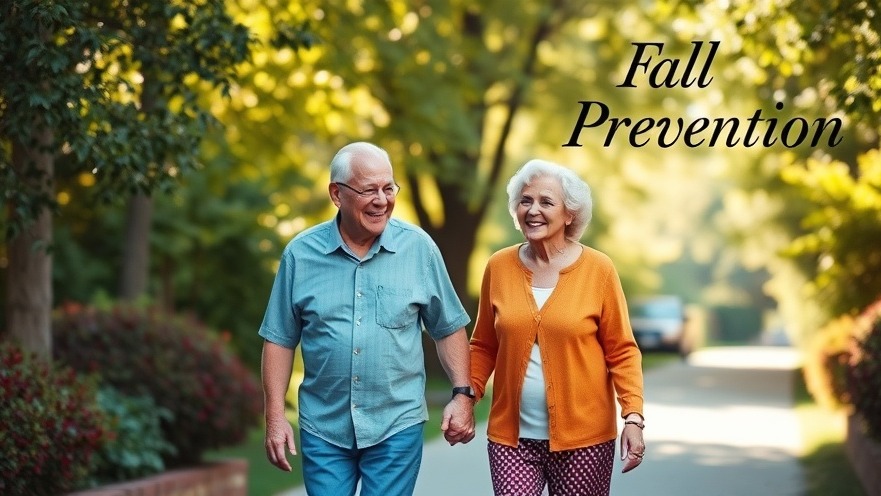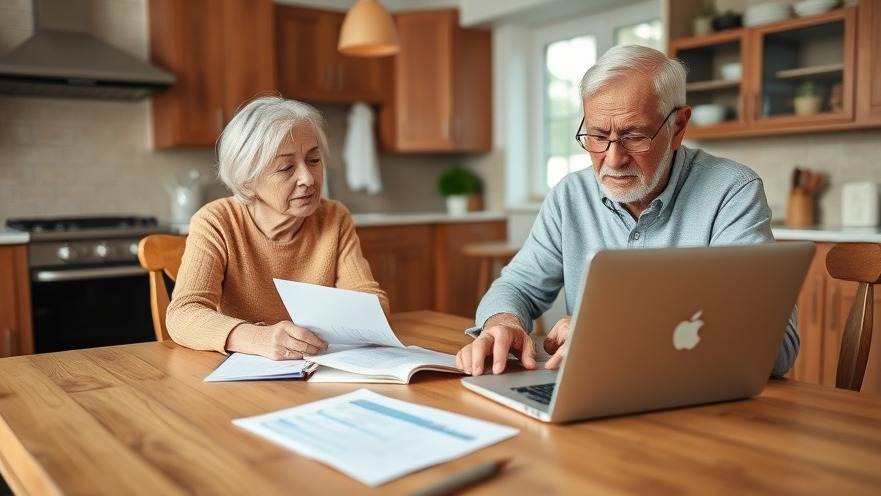
Understanding the Gravity of Falls Among Older Adults
Falls are not just a minor inconvenience; they represent a significant health hazard, particularly for older adults. Every second, an older person falls in the United States alone, and one in three older adults who live at home will suffer a fall each year. These incidents can lead to severe injuries such as fractures or head trauma and are recognized as the leading cause of hospital admissions for injuries among seniors. As individuals age, their risk of falling increases, posing greater threats to their independence and wellbeing.
The Power of Exercise: A Key Preventative Measure
Research consistently shows that one of the most effective ways to prevent falls in older adults is through exercise. Specifically, engaging in regular physical activity helps improve strength, balance, and coordination, which are crucial when navigating daily environments. According to a systematic review analyzed by experts published in the Journal of the American Geriatrics Society, exercise emerges as a top strategy, especially for older adults aged 75 and above.
Implementing Home Safety Improvements
While exercise is vital, creating a safe home environment is equally important. Simple modifications can make a world of difference. Removing clutter, securing rugs, and enhancing lighting can minimize the risk of trips and falls. Additionally, installing grab bars in the bathroom and ensuring that assistive devices, such as canes and walkers, are readily available enhances both safety and confidence.
Effective Falls Risk Assessment: A Personal Touch
A personalized approach, such as a fall risk assessment provided by healthcare professionals, can pinpoint specific risks that an older adult may face. This assessment typically evaluates previous fall incidents, medication interactions, and mobility challenges. Armed with this information, caregivers can tailor fall prevention strategies that suit their loved one's unique situation, enhancing their overall safety.
Embracing Assistive Technology for Enhanced Safety
In today's fast-paced world, technology can be a powerful ally in preventing falls. Devices that enable seniors to call for help with the push of a button can provide peace of mind for both individuals and their caregivers. Innovations like wearable sensors that alert caregivers in case of a fall or smart home systems that adjust lighting and security can dramatically improve older adults' living conditions.
Enabling Independence While Reducing Risk
Education is crucial in empowering older adults and their families to take proactive steps toward preventing falls. It's essential for adult children caring for aging parents to recognize the signs of falling risk and engage in conversations about mobility and safety. By fostering an open dialogue, families can ensure their loved ones feel supported yet encouraged to maintain their independence.
Concluding Thoughts: Your Role in Fall Prevention
As caregivers, your role in preventing falls is vital. Understanding the risks and implementing proactive measures can save your loved one from painful and life-altering injuries. By encouraging regular exercise, advocating for home safety improvements, and embracing technology, you can make significant strides in reducing their fall risk.
If you have a parent or loved one who is aging, take charge of their health and well-being by applying the insights shared here. You don’t have to navigate the complexities of fall prevention alone. Engage with your network, seek guidance, and stay informed. Together, we can create safer living experiences for our loved ones.
 Add Row
Add Row  Add
Add 




Write A Comment